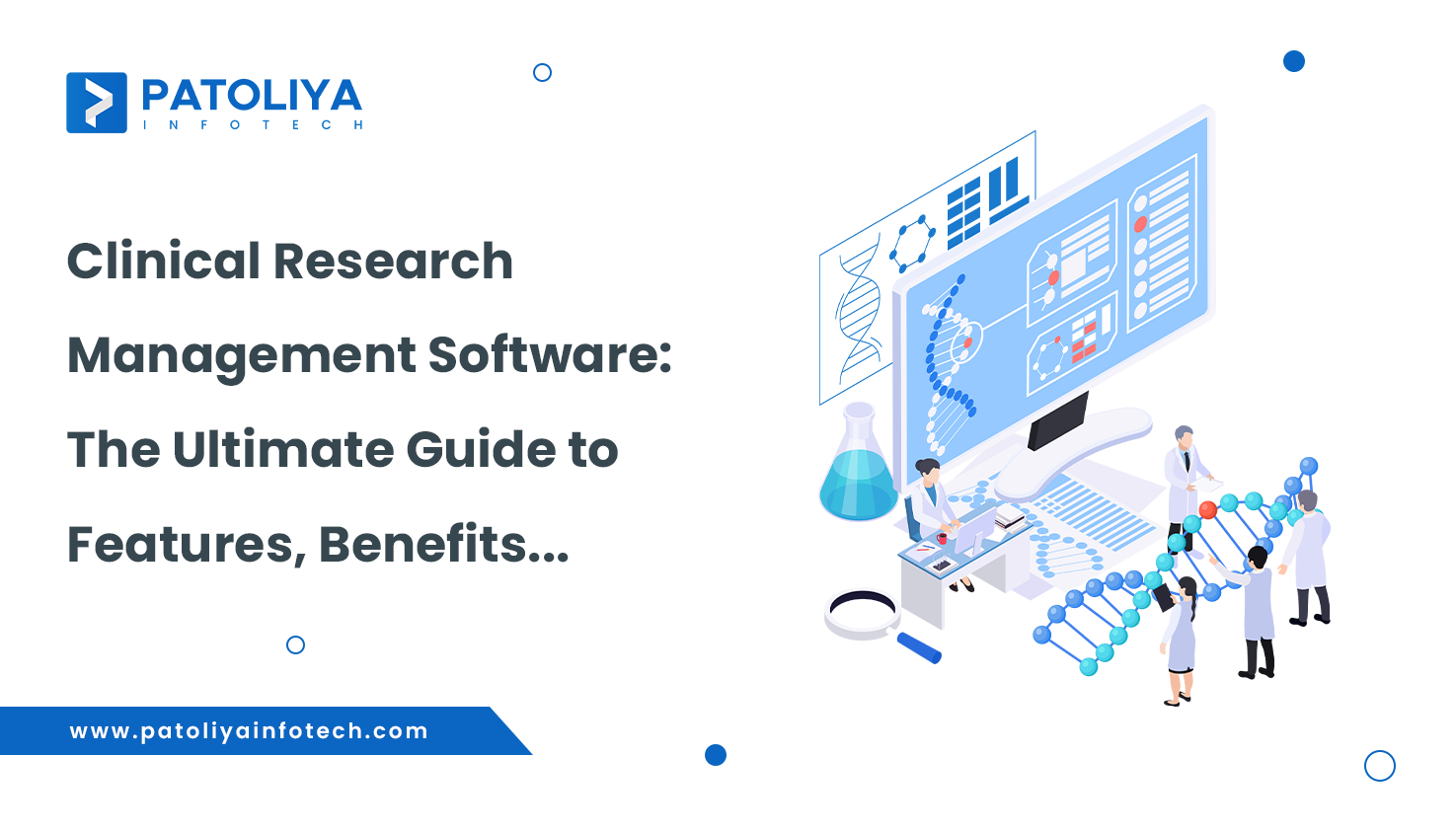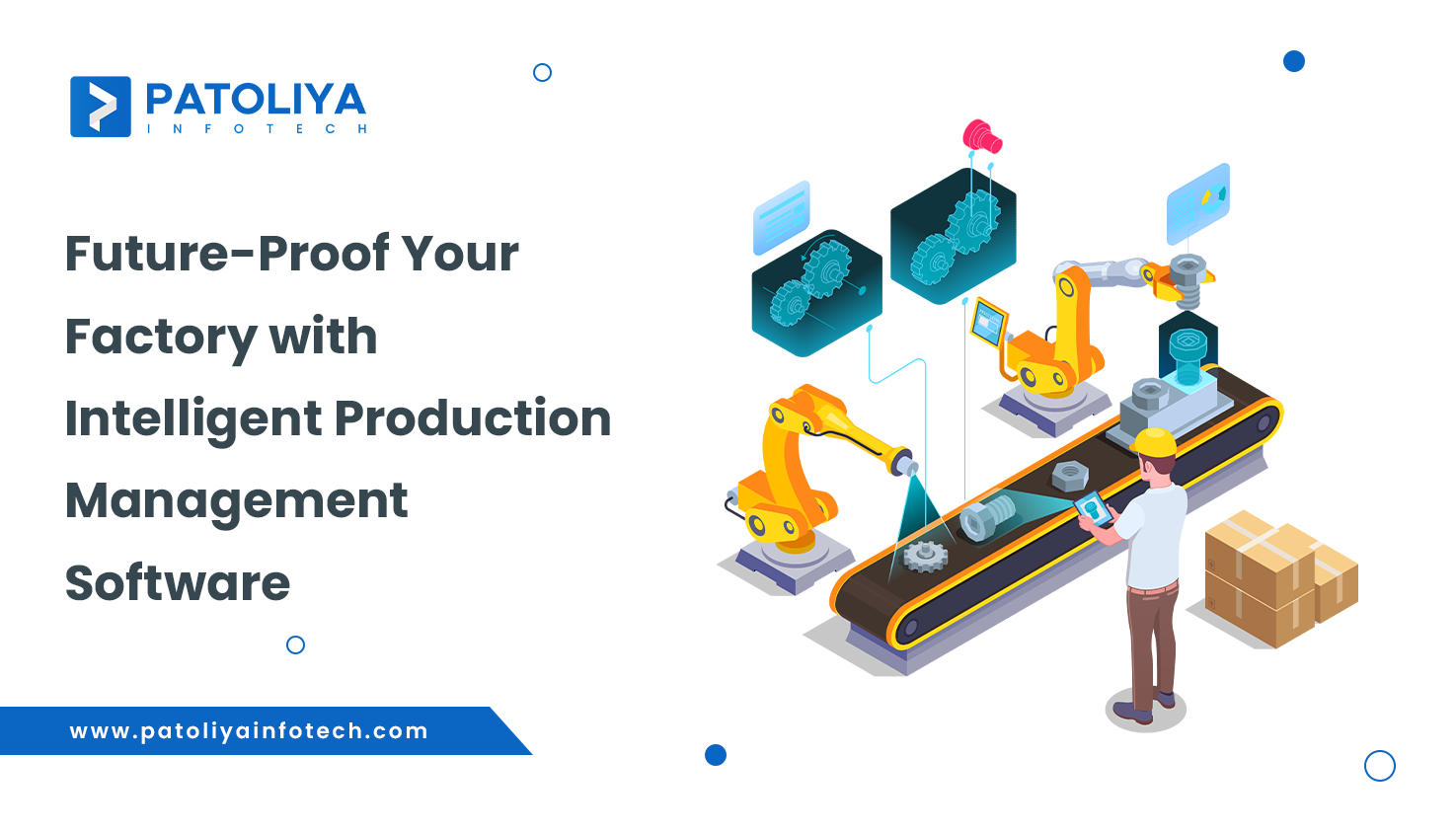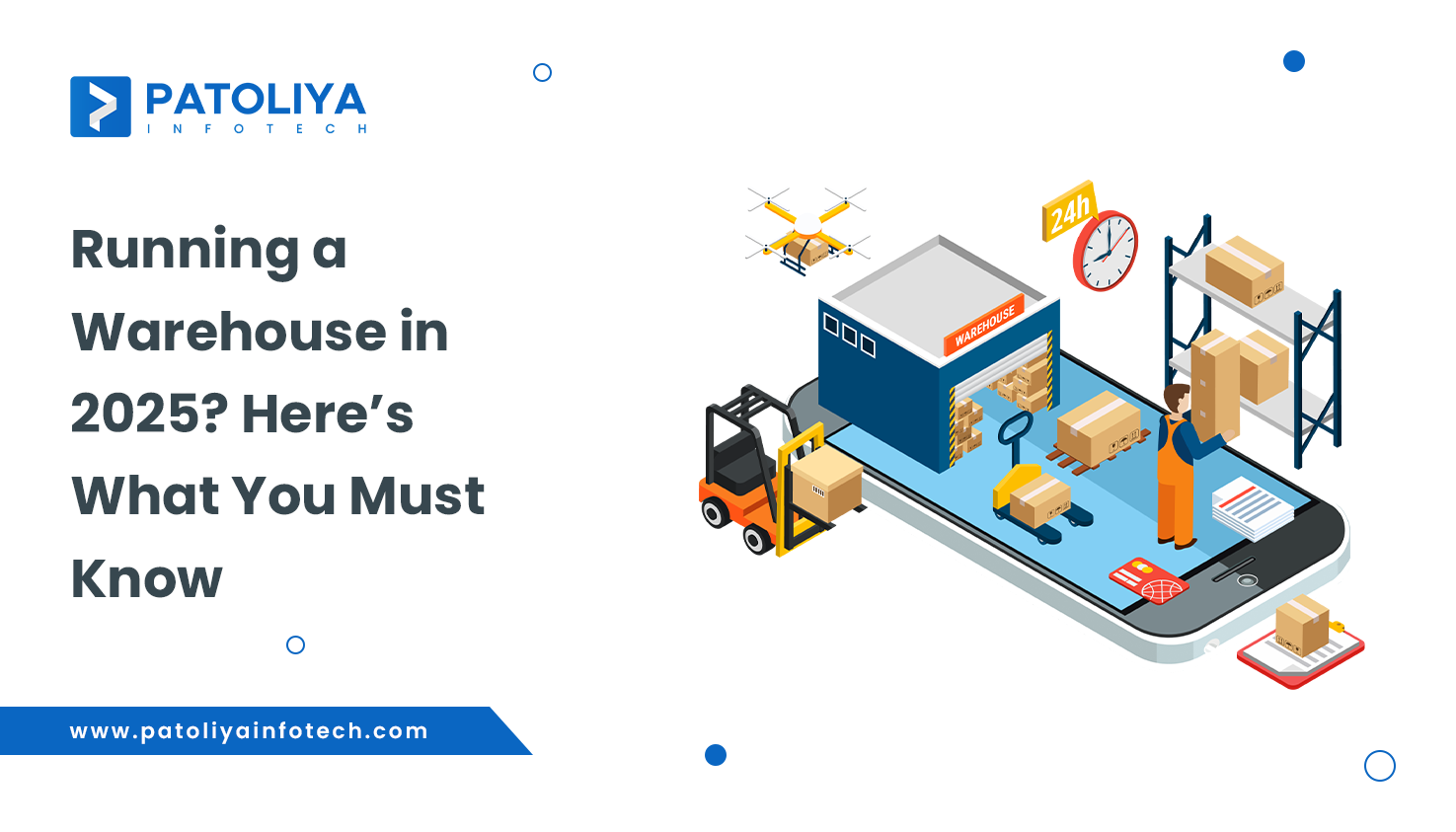Top Features to Look for in ecommerce solutions development
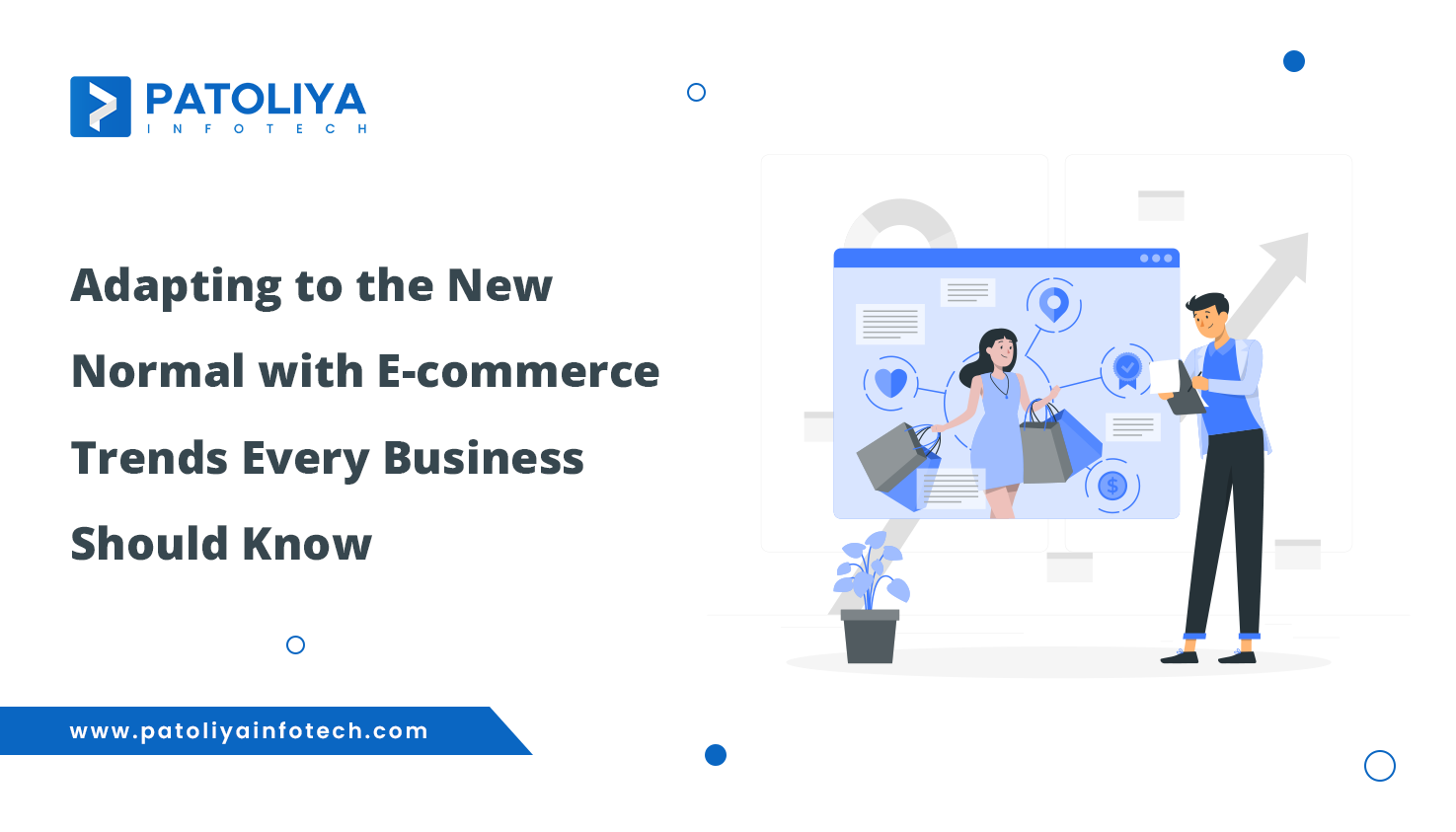
Table of Contents
E-commerce is expanding at a rate never seen before, and businesses are realizing how it can increase sales, build their brand, and draw in new clients. Even traditional companies are going online because of how popular online shopping has become and because they understand that the digital experience they offer has the power to either build or destroy their brand. However, it would help if you did more than simply create a website to succeed in the e-commerce sector; you also need to select the best ecommerce solution that can meet customer expectations and market demands.
With mobile devices making browsing and purchasing even more convenient, millions of people have turned to Internet shopping in the last ten years. Both desktop and smartphone users now want smooth, quick, and interesting experiences. Businesses are now prioritizing mobile-friendly designs and fast-loading pages as a result of the considerable increase in mobile commerce. This renewed emphasis on "m-commerce" demonstrates how important cutting-edge technology is to delivering a uniform purchasing experience across platforms.
The e-commerce industry does, however, face challenges. Businesses need to manage logistics, protect data, and adjust to new trends like omnichannel marketing and customization to stay competitive. Well, the good news? With the correct ecommerce solution, these difficulties may be turned into chances to improve consumer satisfaction, improve company processes, and differentiate oneself from rivals.
A major decision that affects all aspects of your business is choosing an e-commerce system, from the look and feel of your online store to the back-end management of products, inventories, and customer data. Your company's foundation might be an efficient e-commerce system that supports growth and adapts to changing conditions as your business grows. It forms the basis of the user experience, which has a direct impact on conversions, client loyalty, and ultimately revenue.
You may avoid common issues like software limitations that don't expand with your business or features that don't meet evolving customer expectations by making the right decision early on. Purchasing a solution that meets your business's needs can enhance user experience and expedite procedures, eventually saving money and time.
Core Features: The Building Blocks of Success
A successful e-commerce business requires more than simply a variety of items or a stylish design; it also requires that every element be integrated to provide a smooth, effective, and enjoyable shopping experience. These essential components provide the basis that enables your online business to surpass client expectations in addition to meeting them. We will dissect these key components that may transform a basic internet store into a successful digital enterprise.
User-Centric Design

Every successful e-commerce website puts the user experience first in its design. In addition to being visually appealing, users today want websites to be easy to navigate. Customers can quickly and easily find things thanks to the user-friendly navigation and robust search capabilities. A well-designed website makes it simple for visitors to move between pages, whether they are browsing or looking for specific information. This promotes user engagement and lessens annoyance.
Due to the increasing reliance on mobile devices for purchases, mobile-first optimization is increasingly necessary. If your business has a responsive design that adapts to any screen size, it will look great and work flawlessly on smartphones and tablets. Fast loading times are also crucial. A slow website can turn off potential customers in a couple of seconds. Customers can explore your products, make purchases, and have a seamless experience with sites that load rapidly, regardless of where they are coming from.
Product Management
Creating an engaging shopping experience is the goal of effective product management, which goes beyond simply displaying products for sale. It is important to have a thorough product catalog that arranges your offers in a way that makes sense to buyers. Customers can make well-informed selections more rapidly when they can explore, filter, and compare alternatives swiftly, regardless of the number of items you offer—hundreds or thousands.
Superior product photos and videos are important to further improving the purchasing experience. Videos may provide even more context by showcasing a product's characteristics, showcasing its quality, or showing it in use. Customers want to see items from all sides. In addition to images, thorough product descriptions include important details like dimensions, color, composition, and how to use the product. Potential queries can be addressed by these components, which also lower the possibility of returns because of unfulfilled expectations.
Take your business to the next level by becoming an expert in e-commerce websites and controlling the online marketplace right now!
Inventory Management
Real-time inventory management is important for preventing problems like overselling or disappointing consumers with out-of-stock products. Businesses may keep informed about stock levels and make well-informed decisions about refilling or deleting things by using real-time inventory tracking. By ensuring that in-demand goods are automatically refilled without human involvement, automated reordering helps you avoid inventory gaps. Effective order fulfillment procedures, whether via drop shipping or a centralized warehouse, guarantee that orders are completed promptly and precisely, resulting in happy clients and recurring business.
Checkout Process
During the checkout process, we often gain or lose potential sales. Conversion rates may be greatly impacted by a seamless, user-friendly experience. Payment mechanisms that are secure are crucial. You can give your customers confidence that their financial information is safe by offering secure, trustworthy payment options like PayPal, credit cards, and mobile payments. The guest checkout option, which allows transactions to be completed without creating an account, is especially advantageous to customers who want a quick and simple checkout experience.
Making shipping and returns as simple as possible is another crucial factor. Simple shipping and return policies, including offering many delivery options or clear refund policies, encourage trust and reduce hesitation when making orders. When return rules are clear and shipping costs are transparent, customers are encouraged to move forward with confidence.
Marketing and Promotions
After your e-commerce site is operational, it's time to draw in and interact with users. Developing a relationship with your audience may still be achieved with email marketing. Email marketing, whether it takes the form of welcome emails, abandoned cart notifications, or customized offers, may maintain consumer engagement and promote repeat business.
Social media integration is also important. Whether you're using social media to publish products on Instagram, promote sales on Twitter, or collect reviews on Facebook, it may expand your audience and drive customers to your store. But increasing traffic isn't enough. SEO and SEM strategies ensure that search engines can find your website, making it easier for potential customers to find you when they're seeking products in your industry.
A customer's purchasing experience can be enhanced by personalized product recommendations that are based on their browsing history, preferences, or past purchases. When customers receive this kind of personalized attention, they are more willing to make repeat purchases and believe that the shop truly understands their needs.
Advanced Features: Taking Your E-commerce to the Next Level
Companies need to stay ahead of the curve in the continuous development of e-commerce to offer unique, personalized, and seamless shopping experiences. Using advanced features can help you optimize your business processes and enhance customer connections. Utilizing modern technology, these tools expand your reach across several platforms, improve client connections, and offer deeper insights. Let's look at some of the newest features that might expand your online store.
Customer Relationship Management (CRM)
Building lasting relationships with your customers is essential to long-term success in the competitive online retail industry. You may divide your audience into many categories based on their demographics, buying habits, and behavior by employing customer segmentation. By tailoring your marketing efforts to each category, you may present more relevant offers, boost conversion rates, and improve consumer satisfaction.
Customer loyalty programs are another powerful CRM tactic that encourages repeat business. Giving your customers discounts, exclusive access to new products, or incentives might make them feel valued and promote repeat business. Personalized marketing campaigns that use client data to provide customized messages, discounts, and recommendations may be used in conjunction with more engaging experiences to build relationships with your customers and boost their lifetime value.
AI and Machine Learning
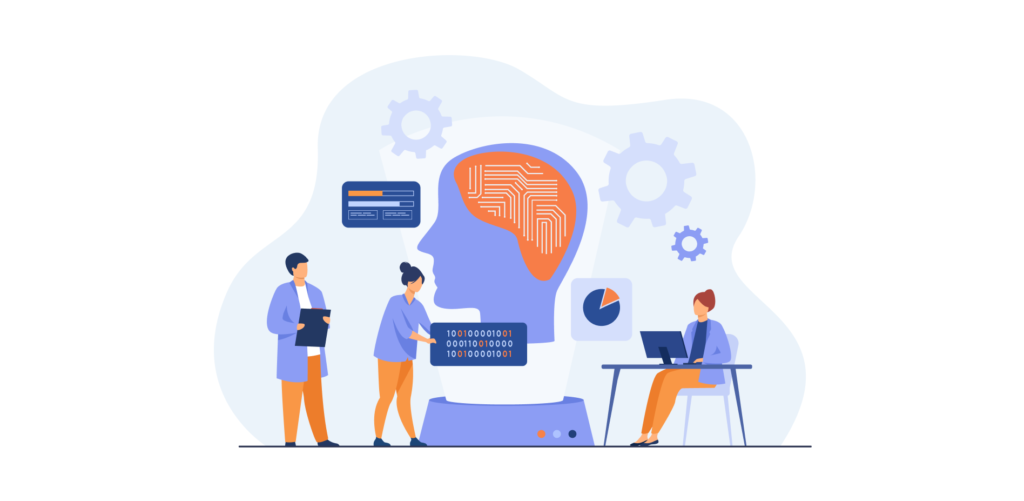
Businesses are changing how they communicate with consumers and make data-driven choices thanks to artificial intelligence and machine learning. By forecasting consumer behavior using algorithms and historical data, predictive analytics helps you foresee what your customers might need or desire next. Decisions about inventories, product suggestions, and customized marketing tactics can all benefit from this.
Chatbots powered by artificial intelligence (AI) and virtual assistants have revolutionized customer service by providing 24/7, real-time support. They can help with the payment process, answer questions, and direct customers to things. These user-friendly solutions can improve the customer experience and lessen the workload for your customer care staff.
Machine learning also plays a major role in automatic product recommendations. Algorithms using artificial intelligence (AI) may analyze each customer's behavior, preferences, and purchasing patterns to make highly relevant product suggestions. This level of personalization increases the likelihood of upselling and cross-selling while also enhancing the purchasing experience.
Curious about how AI is changing your online shopping experience? Discover the game-changing innovations that make finding your favorite products easier and more personalized than ever!
Multi-Channel Selling
Meeting clients where they are and growing your business may be achieved by reaching out outside your e-commerce website. Companies with both physical and digital shops need to integrate their online and offline sales. Through the use of tools that link your online and in-store inventories, you can manage precise stock levels and facilitate a seamless omnichannel experience. Customers will therefore be able to easily verify product availability online, make in-store purchases, or pick up their orders from a real location.
For e-commerce companies, social commerce has grown to be a potent instrument. Shopping capabilities are seamlessly integrated into websites like Facebook, Pinterest, and Instagram, allowing users to make purchases without ever leaving their favorite social networking apps. Utilizing social media's enormous potential, social commerce offers a seamless, natural, and highly engaging shopping experience.
By putting your goods on third-party websites like Amazon, eBay, or Etsy, marketplace integration enables you to increase your reach. Millions of customers visit these marketplaces every day, and having a presence there may greatly increase your exposure. You can manage everything from a single dashboard by using an integrated solution to help coordinate inventories, orders, and customer data across several platforms.
Choosing the Right Ecommerce Solutions:

It's exciting to start or grow your online business, but how do you choose the right platform? That could be too much to bear. When there are so many options competing to be "the best," how can you choose one that is best for YOU? To assist you in making this choice, think about it this way: You require an e-commerce system that can expand with you, meet the needs of your customers, and ultimately save you time and money.
Let's examine the key considerations for selecting your e-commerce platform and the significant impact these aspects will have on your company.
Scalability and Flexibility:
You don't want to pick a platform that performs well now but not well tomorrow. Your platform must expand with your company as it does. Scalability is essential for this reason. Whether you are growing into new areas, increasing the number of items you provide, or increasing traffic, your e-commerce system should be able to handle this development with ease.
As your firm develops, look for a platform that allows you to make customizations. Do you want your business to appear different for a new season? Or perhaps incorporate a new function to enhance the buying experience? With the correct platform, you should be able to accomplish that without having to pay a costly developer each time you want to make changes.
Security and Performance:
Consider your e-commerce website like your physical storefront; it must be both secure and effective, and it must be open around the clock. The priority is security. When your clients buy on your website, you want them to feel secure. Seek out options with integrated security features, such as secure payment gateways and SSL encryption. This reduces abandoned carts and increases completed transactions by providing your clients with peace of mind and protecting their data.
Site performance is equally crucial. Consider this scenario: A buyer comes into your business and finds the ideal item, but your website loads slowly. They'll probably get irritated. Reliable speed and quick page loads are important for maintaining clients and making sure they finish their transactions. A well-optimized website also performs better in search results, which eventually attracts more clients.
Explore why PHP is the go-to choice for fast, secure, and scalable e-commerce solutions in 2025—empower your online store today!
Cost-Effectiveness:
Value is just as important as pricing when selecting a platform. Although a low-cost solution may sound attractive, you must consider the hidden expenses, such as transaction fees, maintenance fees, or future feature purchases.
Take the ROI (Return on Investment) into account instead. Will the tasks on this platform be automated to save you time? Do improved marketing tools, simpler inventory control, or a quicker checkout procedure increase sales for you? A platform that increases sales and customer happiness while simplifying retail operations will always pay dividends in the long term.
Support and Maintenance:
Let us accept that issues do arise. You want to know that someone is there to assist you in the event of a problem, be it a security update, a consumer inquiry, or a bug on your website. Having excellent customer service changes the game. For assistance at any time, be it on a random Tuesday evening or during the holiday rush, look for a platform that provides round-the-clock support.
Regular updates should also be included with a robust platform, not just to ensure seamless operation but also to keep you abreast of the most recent security patches and features. Maintaining your site's competitiveness, security, and freshness through regular updates eliminates the risk of falling behind.
Conclusion:
Being ahead of the curve is crucial for success in the ever-evolving world of e-commerce. Consider adopting technology, adjusting to shifting trends, and providing a flawless client experience.
You may create a customized buying experience that encourages client loyalty by putting the user experience first, providing a quick and mobile-friendly website, and utilizing AI and automation. Your company will stay competitive and relevant if you keep an eye on new trends like social commerce and augmented reality.
Innovative technology and data-driven decision-making will influence e-commerce in the future. If you use these resources, your company will be in a strong position to prosper in a market that is always evolving. Are you prepared to take the lead? The future is bright.

